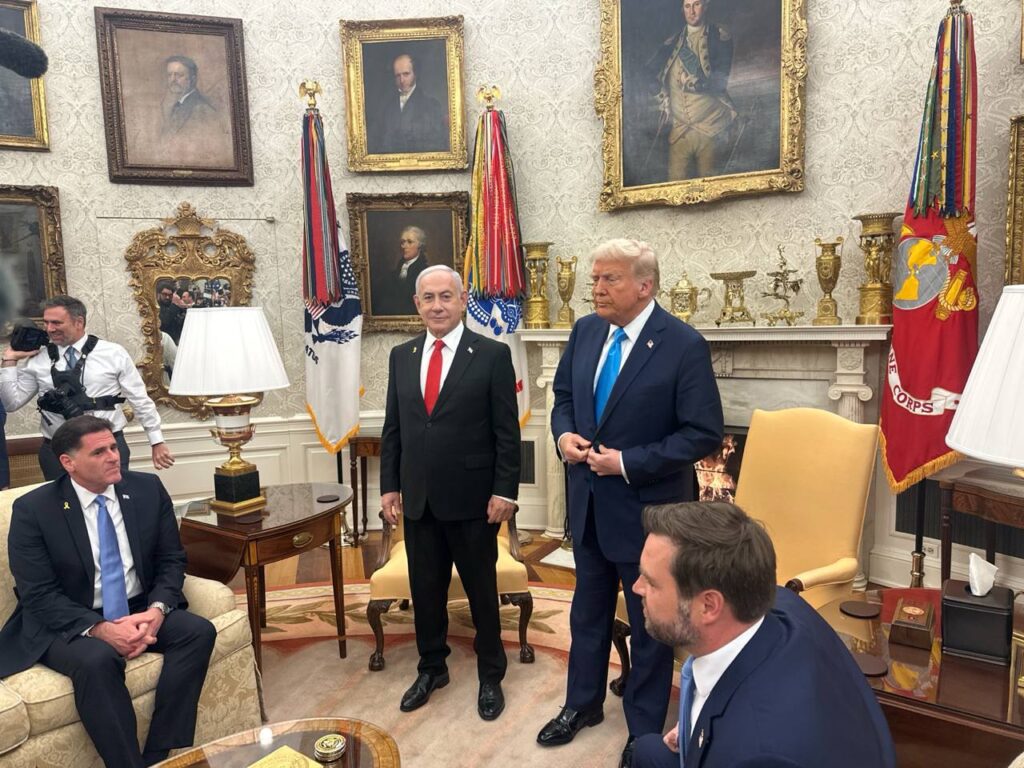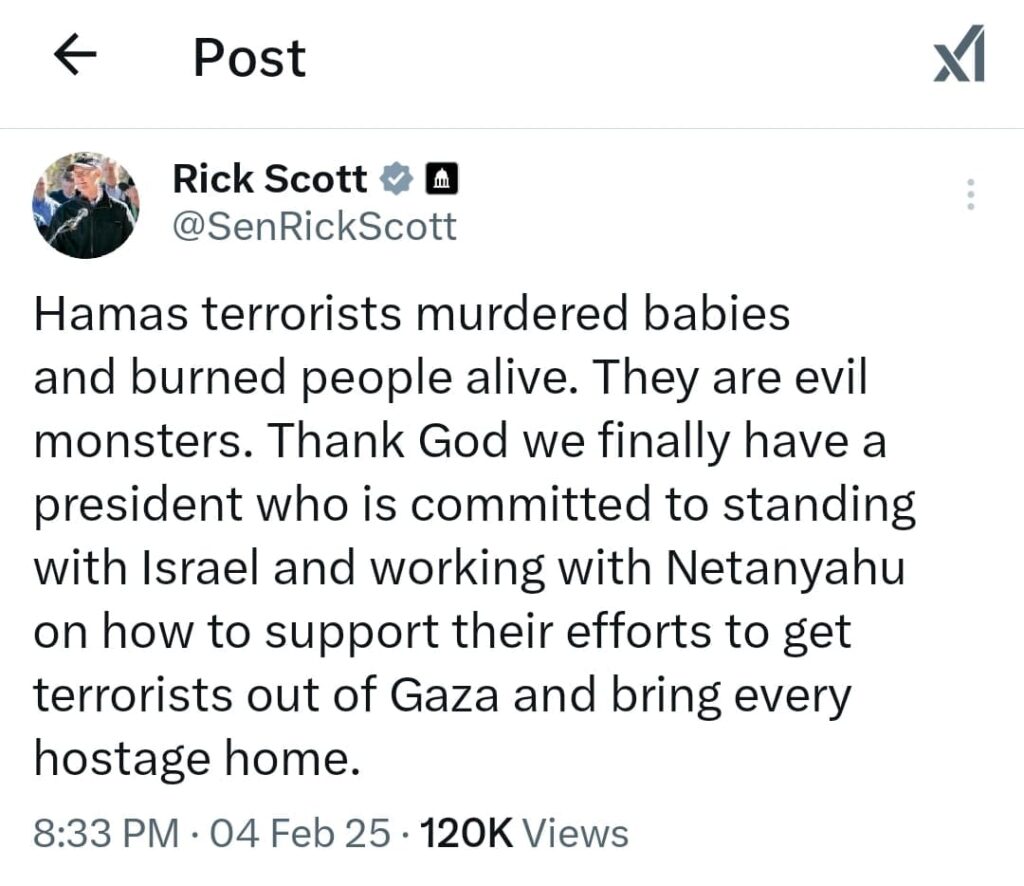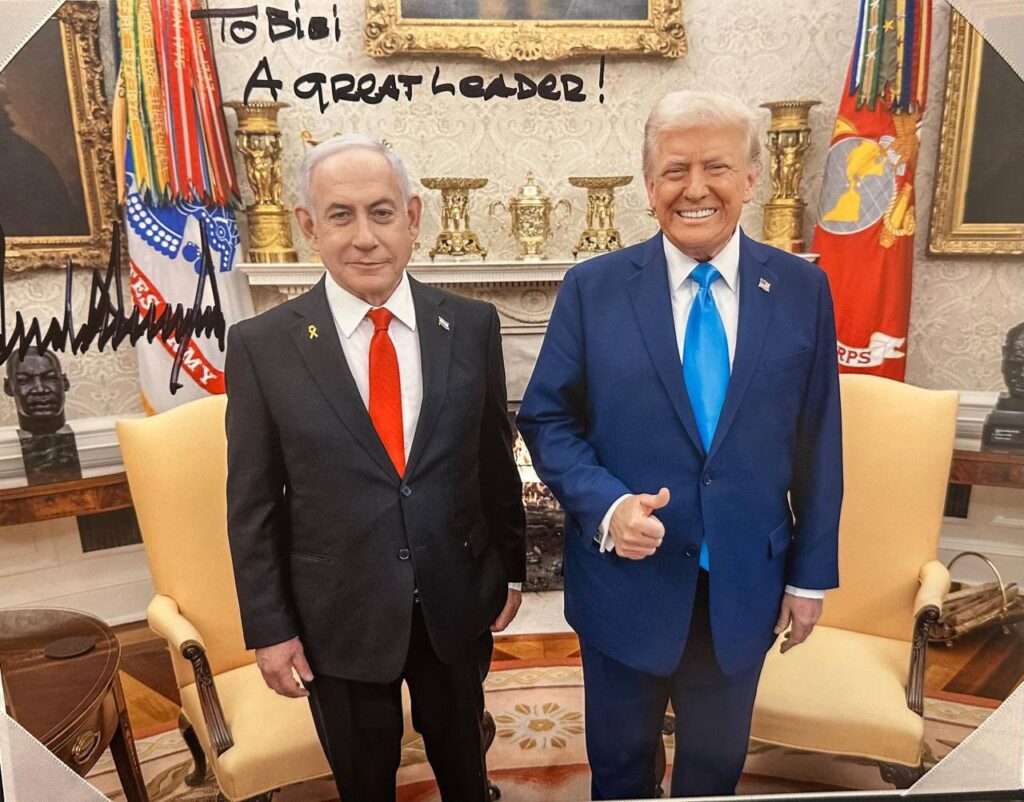When Benjamin Netanyahu walked into the White House as the first foreign leader to meet with Donald Trump in his new presidential term, the significance was clear. This wasn’t just another diplomatic meeting—it was a statement. A handshake that symbolized a renewed, possibly even stronger, alliance between Israel and the United States.
Netanyahu and Trump go way back. During Trump’s previous term, he made historic moves that reshaped U.S.-Israel relations—recognizing Jerusalem as Israel’s capital, moving the U.S. embassy there, and brokering the Abraham Accords, which normalized Israel’s ties with several Arab nations.
Now, both leaders are back in power, and their reunion carries weight. This isn’t just about diplomacy; it’s about the kind of Middle East policy the U.S. will be shaping in the years to come.
The Meeting and Its Stakes
The images from their meeting tell a story. Netanyahu, wearing a sharp dark suit with a bold red tie, looks confident. Trump, in his signature blue tie, exudes familiarity, even comfort. It’s not just a friendly catch-up, though. Their talks focus on critical issues—Gaza, Iran, and the future of regional alliances.
Trump made it clear that his administration stands firmly with Israel in its fight against Hamas, a message echoed in statements by U.S. officials and allies. Senator Rick Scott reinforced this in a recent tweet, stating, ‘Hamas terrorists murdered babies and burned people alive. They are evil monsters. Thank God we finally have a president who is committed to standing with Israel and working with Netanyahu on how to support their efforts to get terrorists out of Gaza and bring every hostage home.’
The Future of Gaza and Regional Power Dynamics
One of the most striking elements of the conversation was Trump’s stance on Gaza. Reports suggest his administration is considering a post-war Gaza strategy, possibly even involving U.S. oversight.
This isn’t the first time Trump has hinted at American involvement in reshaping Gaza’s future. While some see this as a stabilizing move, critics argue it could pull the U.S. into a complex conflict with uncertain outcomes.
The broader question is: what happens after the war? Does Israel take full control of Gaza, or is an international body brought in to administer the territory? While Trump has hinted at a hands-on U.S. role, Netanyahu has remained more ambiguous about long-term plans.
Another element under discussion is the role of Egypt. As Gaza’s immediate neighbor, Egypt plays a crucial role in controlling border crossings and facilitating humanitarian aid. If Egypt collaborates closely with Israel and the U.S., it could lead to a more coordinated effort to rebuild and stabilize Gaza. However, tensions remain regarding how much control Egypt is willing to cede to international forces.
Iran was also high on the agenda. Netanyahu has long viewed Iran as Israel’s top threat, and Trump previously withdrew from the Iran nuclear deal, increasing pressure on Tehran. Now, with Trump back in office, it looks like he’s returning to that hardline stance.
The renewed focus on Iran extends beyond nuclear capabilities. The growing influence of Iranian-backed militias in Syria, Lebanon, and Yemen remains a major concern for both the U.S. and Israel. If Trump’s administration escalates pressure, it could result in heightened regional tensions.
Iran’s economic struggles, exacerbated by sanctions, have also fueled domestic unrest. This internal instability could have ripple effects across the region, with Iranian leadership potentially using external conflicts to rally nationalistic support and deflect attention from internal dissent.
Saudi Arabia, the Abraham Accords, and the Global Balance
Another key discussion was the potential for a U.S.-brokered normalization agreement between Israel and Saudi Arabia. Trump had long touted the possibility of adding Saudi Arabia to the Abraham Accords, and Netanyahu has been eager to make it happen.
Saudi Arabia has signaled openness to closer ties with Israel, but under conditions, including U.S. security guarantees and progress on Palestinian statehood. If a deal materializes, it could dramatically reshape the Middle East’s power balance.
Additionally, Saudi Arabia’s inclusion in the Abraham Accords could influence Iran’s geopolitical calculus. The Gulf region has been a chessboard for rivalries, and an Israel-Saudi alliance would shift the dynamics considerably. The implications for trade, energy markets, and military cooperation could be profound.
Furthermore, Saudi Arabia’s growing influence in global energy markets means its alignment with Israel and the U.S. could lead to a reconfiguration of OPEC policies. If Saudi Arabia moves closer to U.S. strategic interests, it could weaken economic ties with China and Russia, further altering the global power balance.
U.S. Diplomatic Balancing Act
Beyond the immediate Israeli-American alliance, Trump’s renewed presidency brings up bigger strategic questions. How will his administration handle relations with the Palestinian Authority? Will his approach differ from his previous term, or will policies remain largely the same?
The U.S. also faces a balancing act—how to support Israel while maintaining credibility with Arab allies. While Trump has proven himself to be a staunch ally of Netanyahu, the question remains: can this administration also build bridges with regional players like Egypt, Jordan, and the Gulf states?
If Trump leans too heavily in favor of Israel, he risks alienating Arab partners, potentially hindering broader peace negotiations. However, a carefully executed diplomatic push could bring about an era of unprecedented cooperation in the region.
The Bigger Picture and What’s Next
This meeting isn’t just a photo-op. It’s setting the stage for key policy moves. Will the U.S. play a more active role in post-war Gaza? How aggressively will Trump’s administration go after Iran? Could this be the prelude to Saudi Arabia formally joining the Abraham Accords?
The coming months will reveal just how much of this meeting was symbolic and how much was the start of a new geopolitical strategy. One thing is certain: the Trump-Netanyahu alliance is back, and its impact will be felt far beyond the walls of the White House.
As the Middle East continues to evolve, the policies shaped in this room could determine not only the next few years but the long-term trajectory of the region. Whether this renewed alliance leads to greater stability or further escalations remains to be seen, but one thing is for sure—both leaders are playing the long game.
The world is watching as this renewed partnership unfolds, and only time will tell whether it brings about peace and prosperity or greater discord and division.









